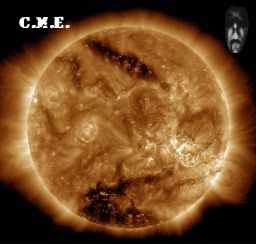
Distance to Earth: 8.611 light years
Close. In astronomical terms.
Sirius is the brightest star (in fact, a star system) in the Earth’s night sky. With a visual apparent magnitude of -1.46, it is almost twice as bright as Canopus, the next brightest star.
The name “Sirius”is derived from the Ancient Greek (Seirios), meaning “glowing” or “scorcher”. The system has the Bayer designation Alpha Canis…













You must be logged in to post a comment.